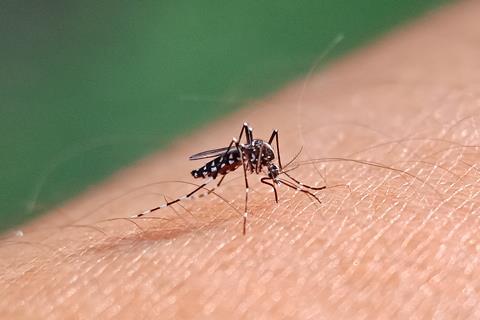
The Zika virus modifies the chemical composition of human skin, making individuals more attractive to mosquitoes. These changes enhance the virus’s ability to spread by increasing the number of mosquito bites a Zika victim receives; however, the research also provides potential avenues to combat its spread.
The Aedes aegypti mosquito is a vector for Zika, as well as dengue and chikungunya, and has expanded its range due to climate change and urbanisation. There is currently no vaccine for Zika which can cause serious birth defects in pregnant women. Factors influencing transmission are still poorly understood despite extensive research on these viruses.
Now, a new study has found that Zika infection leads to metabolic changes in the skin cells responsible for structural integrity, wound healing and tissue repair. This affects the production of volatile organic compounds (VOCs) emitted through the skin that mosquitoes use as cues for locating hosts. These VOCs include a number of organic compounds including carboxylic acids, aldehydes, alcohols and ketones.
The researchers used meta-proteome analysis, a technique that examines interactions between genes and proteins, to give an insight into how different proteins contribute to biological processes. They were able to identify shifts in gene and protein expression linked to increased production of the VOCs that serve as signalling molecules. They compared VOC profile samples from cell cultures infected with Zika versus uninfected cells and found that the release of 14 VOCs was significantly increased. The change in a person’s odour affects the blood seeking and feeding behaviour of the vector. The team found that there was a great chance that an infected human host would be bitten by a mosquito, as well as an increase in blood meal size that is more likely to lead to viral transmission.
This knowledge can provide new avenues for controlling Zika’s spread. Understanding the mechanism by which Zika gains a transmission advantage can unlock new strategies for combating the virus. Future research may explore ways to disrupt the VOCs, genetic interventions or topical treatments that interfere with chemical signalling.
The incorrect use of the term hydrocarbon was removed from the third paragraph on 20 February 2025.
References
R Mozūraitis et al, Commun. Biol., 2025, 8, 139 (DOI: 10.1038/s42003-025-07543-9)


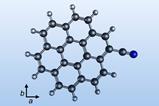


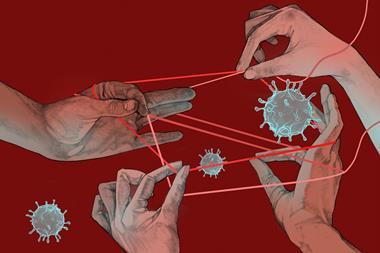
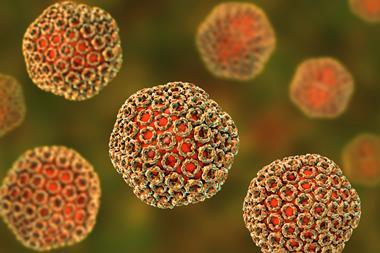

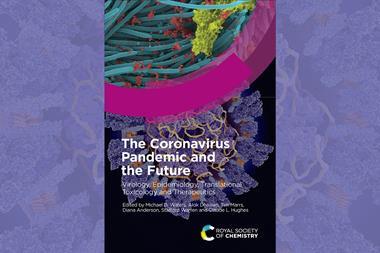
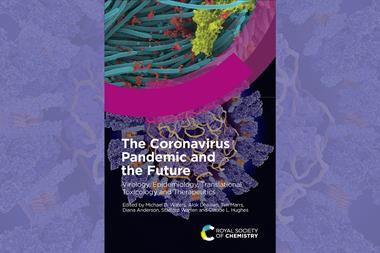

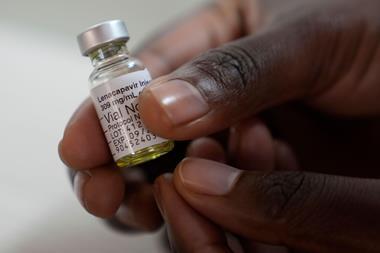

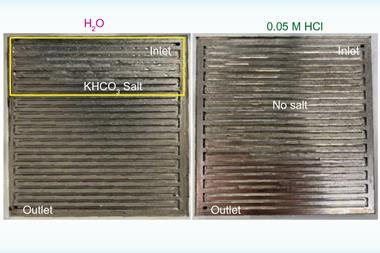



No comments yet